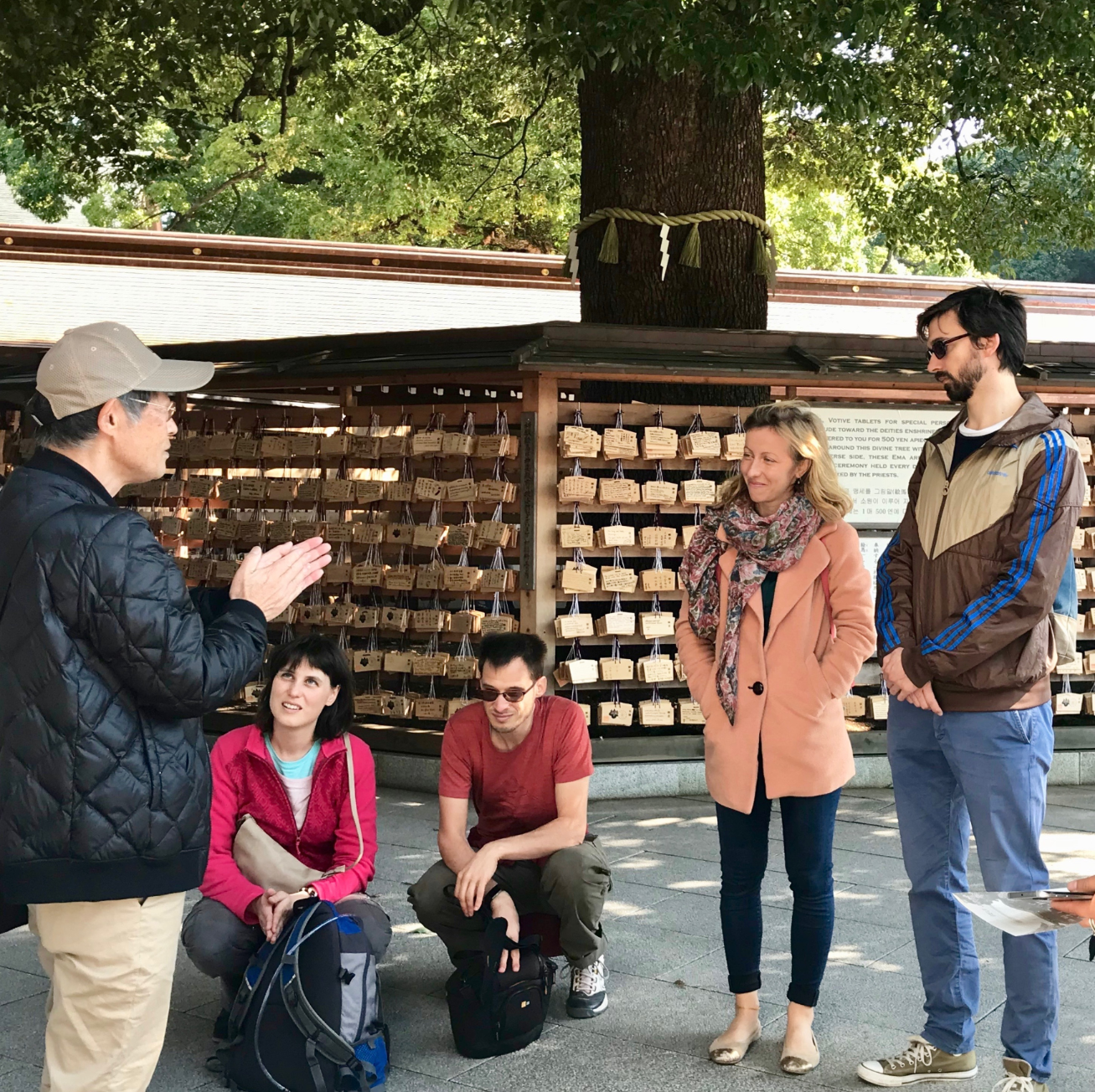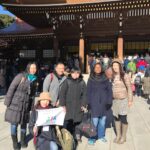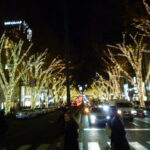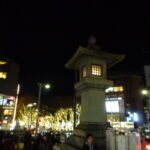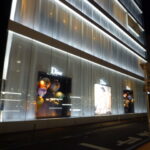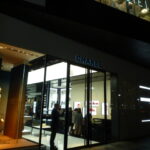Many thanks to the guests joining this tour! That was the fifth and last tour to the Meiji Jingu Shrine and Harajuku-Omotesando district this year. In the morning we welcomed 5 guests from Russia, New York, and Singapore.
It was so clear that from the rooftop of the building you could view Mt. Fuji, whose height is 3776 meters and which is 100 kilometers away from Tokyo. But it was very cold.
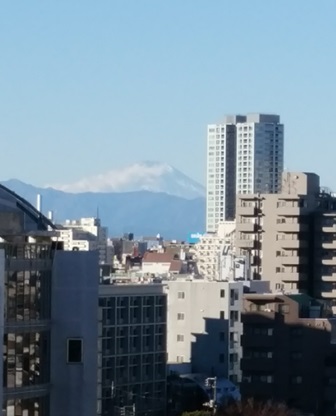
In this tour, you could find Meiji-Shrine, very traditional Japanese building and see traditional ceremonies such as Shinto wedding.

But outside of the shrine is very much westernized so that you could view very beautiful Christmas illumination on the Omotesando Street. 1500 illuminated trees light up the shopping street which big-name brand shops line up along the trees until Christmas day. Some shops decorate their show-windows with Christmas trees. French people living in Tokyo call the street, Mini-Les Champs Elysees. In fact, it looks like that especially at night. Omotesando is as famous as Ginza, the biggest shopping district in Tokyo.
That matter is related to late Meiji Emperor enshrined in the shrine because he was enthusiastic in modernizing Japan by importing western cultures to His nation. Preserving tradition is very important but at the same time, learning great things from foreign nations is very important as well to develop the nation, He and elites of His time thought. That is why Japan turned to be most westernized nation in Asia. Interestingly enough before Meiji Emperor’s era, Japan banned Christianity.
In Meiji Emperor era, we imported western date and calendar system like Mon through Sun. Sunday is not a day for church attendance but just holidays. In feudal time, New Year started around February of current calendar like Chinese New Year, but that was adjusted.
As for Christmas, it is neither traditional nor religious for most Japanese. Only 1 % of the population is Christian. Most of us enjoy Christmas as a party or festival, not attending church sermons. In West Christmas is thought to be time for family-gathering, whereas we take it as friends or lovers gathering. Great time to enjoy illumination or cakes. Family gathering is common in New Year days. Christmas Eve is more pleasant time than Christmas day. It sounds very commercial. So December 25 is not holiday in Japan. But two days before Christmas, 23 of December is national holiday because it is the birthday of current Emperor, grand, grand son of Meiji Emperor.
Anyway, “Merry Christmas! Joyeux Noël ! С Рождеством Христовым! Frohe Weihnachten! Feliz Navidad ! Feliz Natal! Buon Natale! ”

